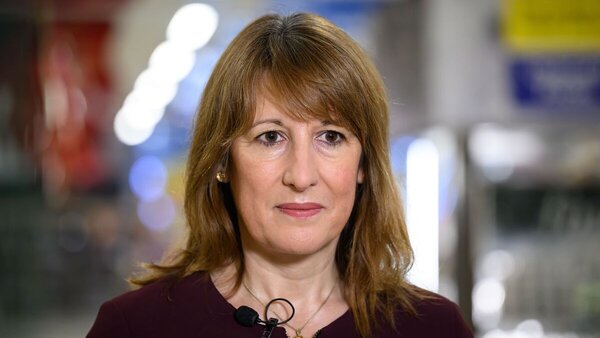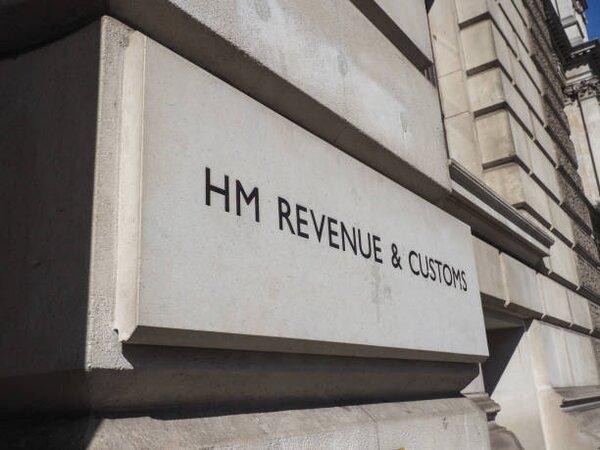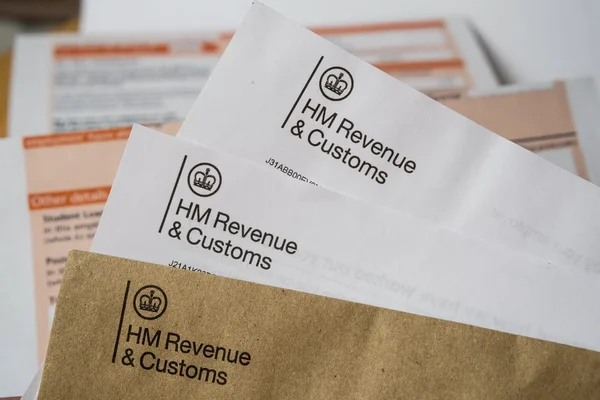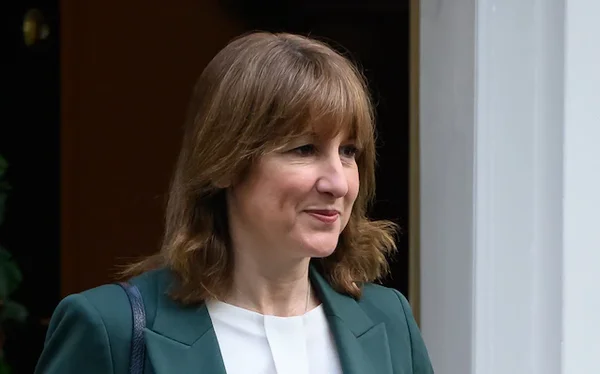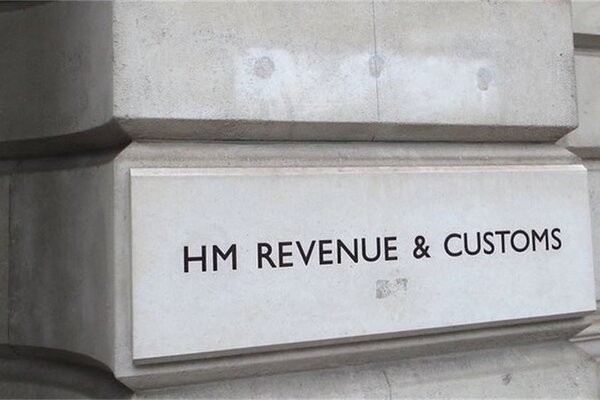HMRC Confirms Authenticity of Cost-of-Living Adjustment Letters Amid Rising Concerns

In light of growing skepticism among the public, HM Revenue and Customs (HMRC) has stepped forward to verify the legitimacy of certain cost-of-living adjustment letters that many citizens received. These letters, which some recipients initially suspected to be fraudulent, have caused a stir, raising questions about their true purpose and origins.
The controversy began when multiple individuals reported receiving letters from HMRC that mentioned adjustments related to the current cost-of-living crisis. Concerns escalated as the authenticity of these communications was questioned. Amid widespread doubt, HMRC officially confirmed that these letters are indeed genuine, aiming to deliver crucial information to taxpayers.
Furthermore, HMRC emphasized the importance of understanding the content and purpose behind these letters. They aim to provide clarity on tax adjustments in times of economic strain, reinforcing HMRC's role in ensuring that taxpayers receive all the information and support they need.
Scope of the Issue
Given the severity of the economic pressure many UK residents face, HMRC's action to ensure transparency is crucial. Rising living costs have made tax adjustments part of the broader national discourse. HMRC aims to alleviate some of the burdens by directly informing citizens about relevant changes.
UK citizens, in turn, must understand that such communications are not only legitimate but also necessary for effective financial planning. Ensuring trust in these official communications is paramount for maintaining the integrity of public services.

92% of UK residents report concerns about potential fraud. This statistic shows widespread distrust and the need for clarity and transparency from organizations like HMRC.

70% of recipients initially doubted the authenticity of HMRC letters. Reflects the high level of skepticism surrounding official communications during the cost-of-living crisis.
Addressing Fraud Concerns
The initial skepticism was partly due to the increasing number of fraudulent activities masquerading as official communications. It's essential to distinguish between genuine HMRC documents and potential scams. HMRC has urged the public to visit their official website for further verification and details regarding any unusual or unexpected letters they receive.
This initiative aims to educate citizens on distinguishing between official and fraudulent correspondences, thus building public trust and reducing anxiety.
Public Reaction
The public's reaction to the authenticity confirmation has been mixed. Some see it as a necessary step to avoid misinformation, while others remain understandably cautious. However, this confirmation should encourage more trust in future communications, fostering an open channel between HMRC and the public.
It's vital to address the root causes of such skepticism—namely, the prevalence of scams and growing financial instability. Educating the public can help mitigate these concerns effectively.

Guidelines for Verification
To further assist taxpayers, HMRC has outlined clear guidelines on how to verify the authenticity of their letters. These include checking the official HMRC website, consulting their user accounts, and directly reaching out via official phone lines. Providing such clear instructions aims to arm citizens against potential fraud.
This additional step ensures that taxpayers do not fall victim to scammers while still trusting HMRC's genuine communications.
Support Mechanisms
In addition to authenticating the letters, HMRC has emphasized various support mechanisms available to taxpayers facing financial difficulties. This includes tax relief options and detailed guidance on how to manage financial obligations during the ongoing cost-of-living crisis.
Taxpayers are encouraged to seek ongoing support through HMRC’s helplines and online resources, ensuring they get the help they need without falling prey to fraudulent schemes.

Educating Citizen
Finally, HMRC has launched educational campaigns aimed at informing the public on how to handle such communications and what steps to take if they suspect fraud. They encourage questions and offer robust support channels to address individual concerns.
This initiative aims to build a knowledgeable citizen base that is capable of navigating these complexities easily while maintaining trust in governmental institutions.

Fun Facts: Did You Know About HMRC's History?
Established in 2005 from the merger of Inland Revenue and Her Majesty's Customs and Excise, HM Revenue and Customs (HMRC) manages UK tax collection, national insurance contributions, and various financial initiatives. Their role extends beyond tax collection to enforcing minimum wage laws and providing child benefits, showcasing their extensive influence on the nation’s financial operations.
Conclusion
The ongoing discourse around the authenticity of HMRC's cost-of-living adjustment letters underscores the need for transparent and trustworthy communication between public institutions and citizens. Confirming the authenticity of these letters is a pivotal step in maintaining public trust and ensuring that citizens receive accurate and timely information amid rising living costs.
Yet, the problem of scams remains prevalent, emphasizing the need for continued education and robust verification mechanisms. HMRC's proactive stance on these issues should serve as a model for other institutions aiming to foster public trust in uncertain times.




